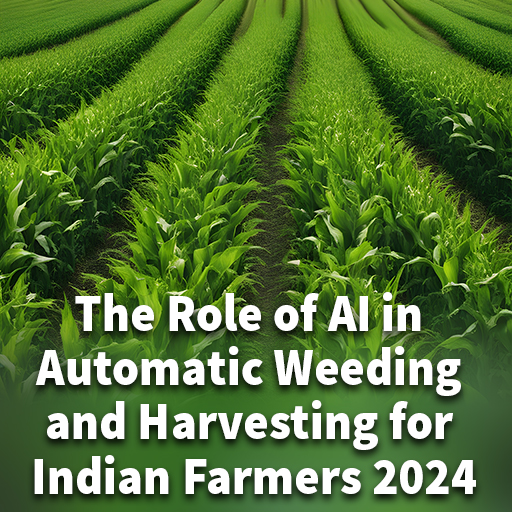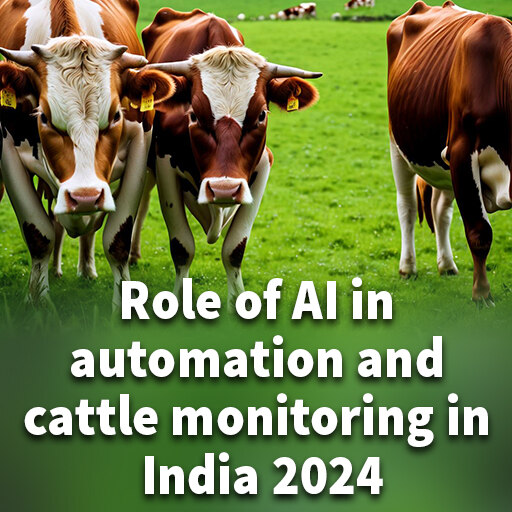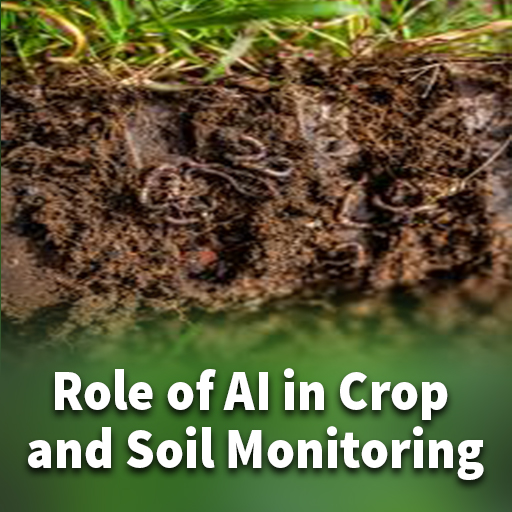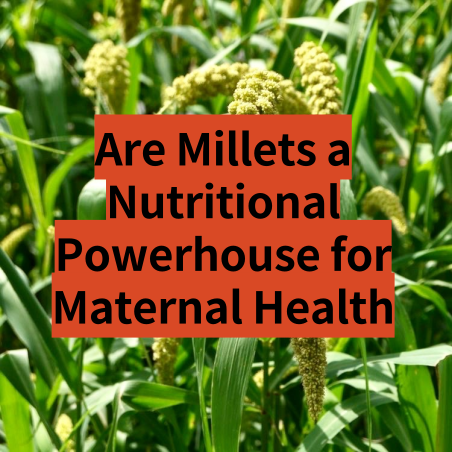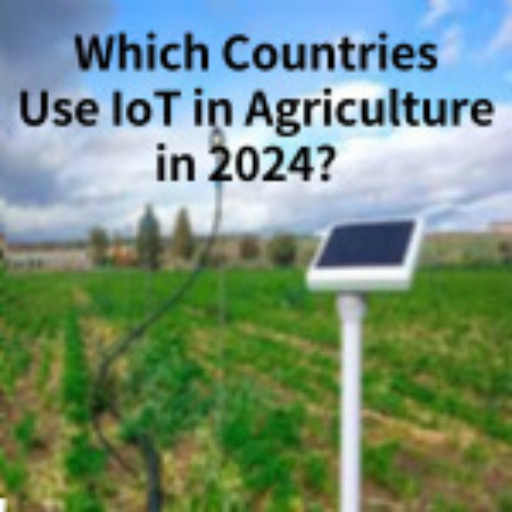Introduction:
India is a country whose extensive agricultural landscape can be varied, and at the same time it stands at a crossroads regarding the technological revolution that can redefine farming. In Indian agriculture, Artificial Intelligence (AI) plays a significant role in detecting pests and diseases because it can analyze large data sets for better decision making. This article focuses on “Artificial Intelligence in Disease and Pest Detection”
We will explore various apps, returns and risks associated with the integration of AI to guard against diseases and pests on crops in this extended article.
The Imperative for Advanced Agricultural Technologies:
The many-layered problems facing Indian agriculture range from climate variations to the advent of new tougher predators and infections. With a rising population that requires more food and an obligation for sustainability, solutions must be innovative. And so artificial intelligence takes center stage as it can handle data at an incredible speed.
Applications of Artificial Intelligence in Disease and Pest Detection:
- Early Disease Detection:
- AI systems use subtle changes in leaf colour or shape as well as other plant health indicators to spot potential diseases at early stages. Early diagnosis helps farmers avoid further spread of the diseases and reduce losses incurred by their crops.
- Pest Monitoring and Identification:
- Artificial Intelligence is also able to detect pest infestations with the aid of image recognition software that uses AI algorithms. Hence they are equipped with high-resolution cameras which capture images analyzed though machine learning approaches.
- Consequently, it is possible to identify specific types of pests that have had devastating consequences on farms thereby making possible strategies for pest control through selective eradication efforts.
- Crop Health Diagnostics:
- The overall crop health can be assessed by artificial intelligence-based diagnostic tools through analysing soil health, weather conditions and plant genetics. Such systems give an understanding of the factors influencing crop well-being in a fine-grained manner, enabling more effective proactive disease and pest management.
- Precision Spraying and Treatment:
- AI-driven precision spraying systems use real-time data to determine optimal locations for pesticide application. This targeted approach minimises chemical usage, reducing environmental impact and optimising resource utilisation.
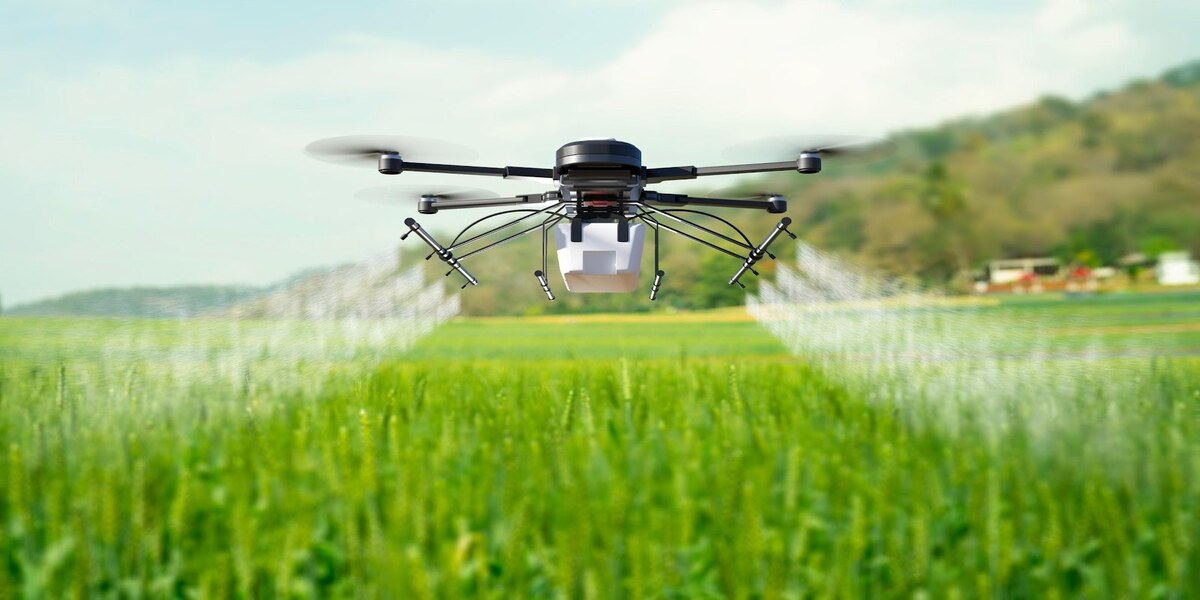
Credit: vecteezy.com
Benefits of Artificial Intelligence in Disease and Pest Detection:
- Enhanced Crop Protection:
- When we talk about improved crop protection, it is possible to mention that artificial intelligence can detect diseases earlier than it was done before. As a result, farmers can save their crops from being destroyed by diseases and pests as they arise thus ensuring enough food for themselves.
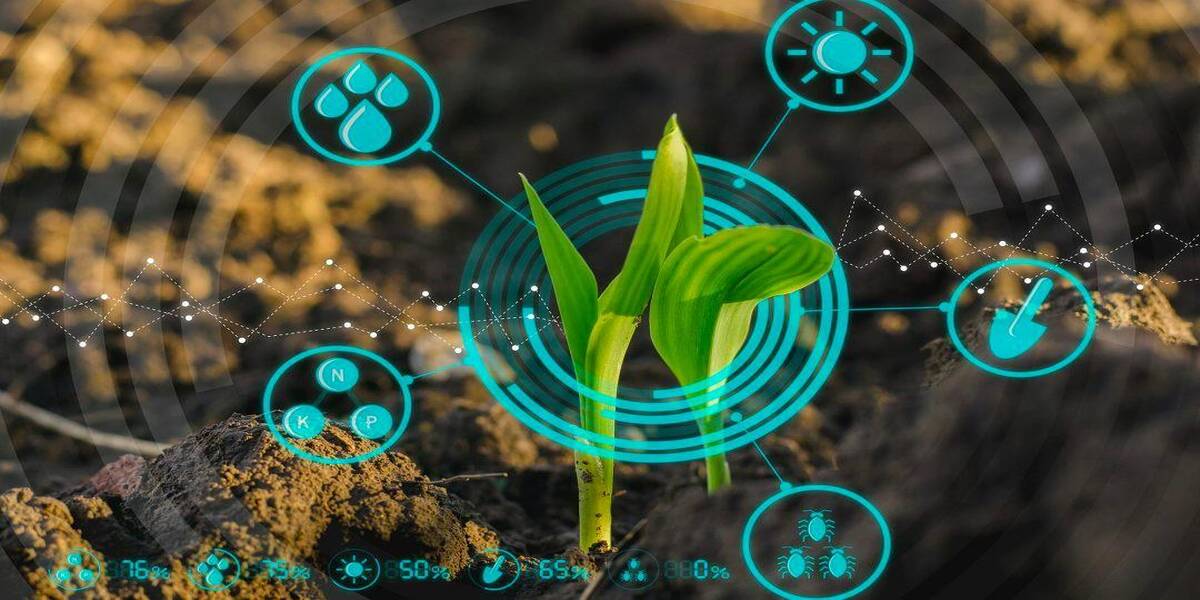
Credit: LinkedIn.com
- Increased Agricultural Productivity:
- Artificial intelligence helps to maximize productivity by optimizing strategies of managing disease sand pests. This ensures farmer’s higher yield per acre since intervention is timely applied when pest or disease infestation occurs.
- Resource Efficiency:
- Precision agriculture driven by Artificial Intelligence eliminates blanket applications of pesticides and other resources. As such this cuts costs on farmers while promoting environmentally-friendly farming practices that are sustainable.
- Data-Driven Decision-Making:
- Farmers become empowered with valuable insights for informed decision-making via data generated from artificial intelligence. Farm-level approaches will ensure that mitigation measures are taken in response to emerging challenges.
Challenges and Considerations:
- Technological Accessibility:
- It is important that artificial intelligence innovations are made available to all farmers regardless of their social status. Policies from the government and partnerships with private sectors have to be in place so as to bridge digital divide and make these technologies accessible.
- Data Security and Privacy:
- There are concerns about data security and privacy on which the collection and analysis of extensive data are raised. In order to protect farmer’s data, it is necessary to develop strong protocols and regulatory frameworks as well as gain confidence for applying artificial intelligence.
- Capacity Building:
- Farmers need adequate training and capacity building programs that can help them acquire skills of efficiently using AI tools. Educational initiatives coupled with sensitization campaigns ensure a smooth integration process.
- Interdisciplinary Collaboration:
- Because agricultural challenges are complex, they require interdisciplinary collaboration. Incorporating agronomists, statisticians, policy makers into this effort is critical for coming up with comprehensive solutions that address the problems effectively.
Conclusion:
By coming up with novel ways to handle complex disease and pest problems, AI is changing India’s agriculture. These technologies fused with AI help improve crop protection, boost productivity besides ensuring resource efficiency and sustainable farming. However, concerted efforts from the government, private sector and research institutions can lead to a tech-focused resilient future for Indian agriculture. This adoption will benefit the country’s agricultural landscape in terms of food security and prosperity that goes beyond generations.
Frequently Asked Questions (FAQs):
How does Artificial Intelligence contribute to early disease detection in Indian agriculture?
AI identifies diseased plant indicators by analyzing changes in colors as well as structure that may have occurred at an early stage. With this early detection, it ensures timely interventions thereby preventing losses in crops.
What role does AI play in precision spraying for pest management?
Alternatively, precision spraying systems driven by AI employ real-time information to assess where pesticides should be applied optimally. By doing this, it minimizes usage of chemicals thus reducing its environmental impact while optimizing the resources used.
How can farmers ensure the security of their data when using AI in agriculture?
To ensure security and privacy of farmer data, it is crucial to establish strong protocols, regulatory frameworks and secure data storage systems. To build trust in artificial intelligence technologies adoption, there must be collaboration among stakeholders.




